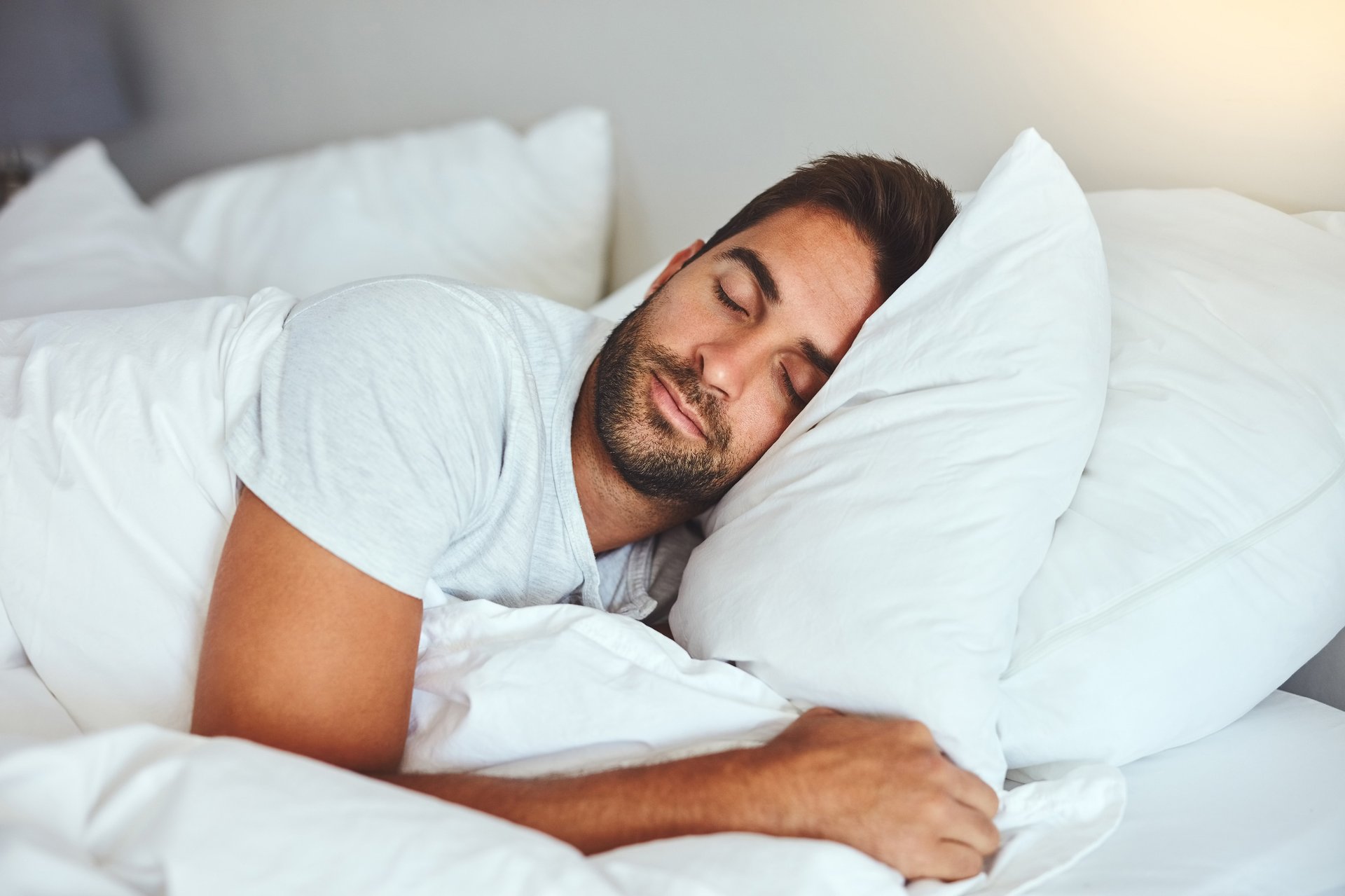
What is sleep optimization? 5 steps to get you started.
What is sleep optimization? 5 steps to get you started.
Sleep optimization is a holistic approach to improving both the quality and quantity of sleep. This includes adjusting environmental factors, diet, sleep schedules, and more, to align with your body’s natural rhythms. Biohacking techniques involve analyzing your sleep patterns and making targeted changes to your sleep environment, bedtime routine, and even nutrition to maximize restorative sleep phases.
Steps to improve your sleep
Optimize your sleep environment: Temperature and light play critical roles in sleep quality. Aim to keep your room cool, ideally around 65-68°F, as cooler temperatures help you fall asleep faster and stay asleep longer. Using blackout curtains and reducing ambient light can support melatonin production, the hormone that signals your body to sleep. Consider investing in breathable bedding and temperature-controlled devices, such as cooling mattress covers, which can help maintain a consistent, comfortable environment for deep sleep.
Manage Light Exposure: Exposure to blue light from screens before bed can suppress melatonin and disrupt your circadian rhythm. At least an hour before bed, dim or avoid screen exposure and consider using blue-light-blocking glasses if screen use is unavoidable. This allows your body to naturally wind down, improving sleep onset and reducing middle-of-the-night awakenings.
Follow a Consistent Sleep Schedule: Going to bed and waking up at the same time each day reinforces your circadian rhythm, helping you fall asleep faster and wake up more refreshed. Apps like Sleep Cycle can help monitor your sleep patterns and ensure you’re waking up at the optimal point in your sleep cycle, reducing grogginess.
Experiment with Nutritional Biohacks: Certain foods and supplements can support sleep by enhancing your body’s relaxation and recovery processes:
Magnesium: Known as the "relaxation mineral," magnesium can help calm the nervous system and support melatonin production. Magnesium-rich foods include leafy greens, nuts, and seeds, or consider an Epsom salt bath before bed to absorb magnesium transdermally. Pure Encapsulations Magnesium – Buy on Amazon
Healthy Fats and Protein: A small dose of MCT oil or collagen peptides before bed can support your body’s repair processes during sleep, providing the fuel it needs for muscle repair and immune function without disrupting digestion. Vital Proteins Collagen Peptides Powder – Buy on Amazon
Melatonin Supplements: For those with irregular schedules or jet lag, low-dose melatonin supplements can support sleep onset without creating dependency. Nature Made Melatonin – Buy on Amazon
Reduce EMF Exposure: Electromagnetic fields (EMFs) from devices like phones and Wi-Fi routers can interfere with sleep quality. To mitigate this, keep electronics out of your bedroom or turn them off at night. Special mattresses that block EMFs are also available for those particularly sensitive to these disruptions.
Conclusion
Sleep optimization through biohacking is about creating the ideal conditions for your body to enter deep, restorative sleep. By managing environmental factors like temperature and light, incorporating nutritional strategies, and aligning your schedule with natural rhythms, you can significantly improve sleep quality. Whether it’s through wearable technology or simple lifestyle adjustments, these steps can make a powerful impact on your overall health, energy, and cognitive performance. For those seeking deeper insights, additional resources and tools from sleep experts like Dave Asprey offer further guidance into sleep biohacking strategies.
Must haves:
Sleep Mask for Side Sleeper – Buy on Amazon
Gentle strips for sleeping – Buy on Amazon
Beckham Hotel Collection Bed Pillows – Buy on Amazon
Hatch Restore 2 Sunrise Alarm Clock – Buy on Amazon
What is sleep optimization? 5 steps to get you started.
Sleep optimization is a holistic approach to improving both the quality and quantity of sleep. This includes adjusting environmental factors, diet, sleep schedules, and more, to align with your body’s natural rhythms.





